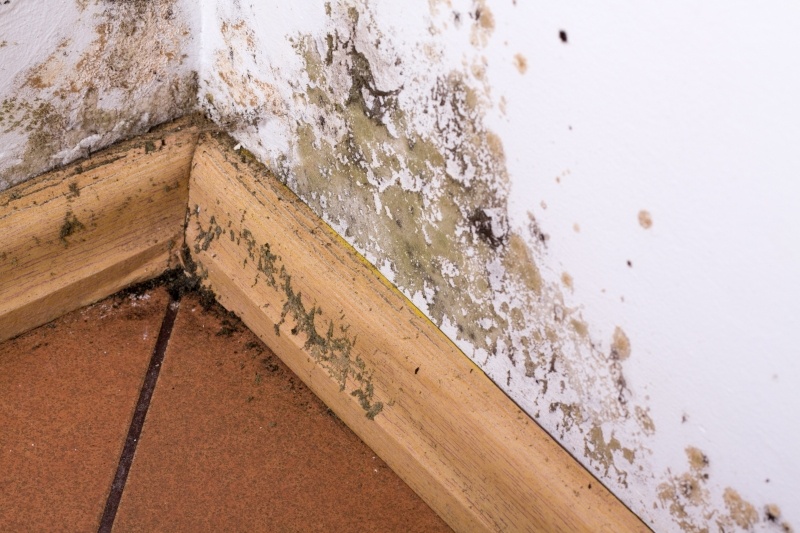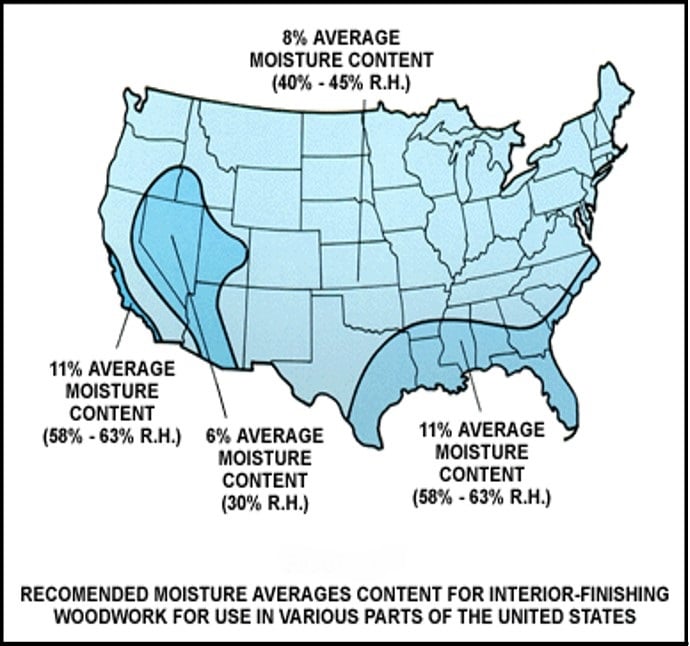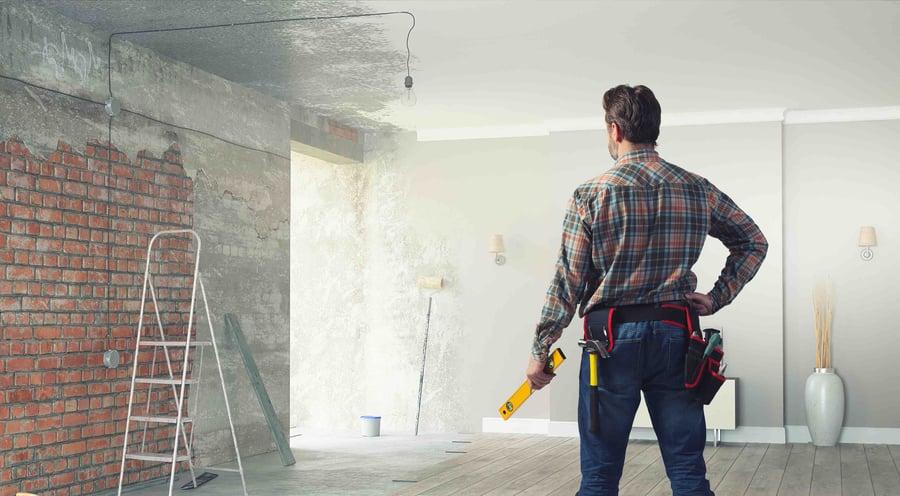4 Ways Moisture Meter Electrodes Make Your Life Easier

When using moisture meters to trace moisture throughout various materials, it can definitely help to have a few specialty moisture meter electrodes on hand. How do moisture meter electrodes make life easier for you? The answer depends on how you use meter electrodes and your specific industry.
Here are a few examples of different ways that using specialized moisture meter electrodes can make your life at work a bit easier:
Performing Moisture Testing in Otherwise Inaccessible Spots
Moisture testing can be enhanced by using meter electrodes that are designed to reach spaces where standard pins cannot—allowing the moisture meter to be used as a damp detector in spaces and materials that it normally couldn’t be used for, such as:
-
Hay Bales. The pins on a normal moisture meter aren’t anywhere near long enough to reach the center of a bale from the outside. However, specialty electrodes such as the 1235 and 830 hay meter electrodes allow users to get right to the center of the bale to test hay moisture where it matters the most.
-
Fiberglass Insulation. One of the first safety warnings people get about fiberglass insulation is to keep their bare skin and eyes as far away from it as possible. Using the short pins on the top of a moisture meter sticks your hands right next to the insulation—and doesn’t penetrate very far anyways. Using extended-length probes lets you get deep into the insulation without putting your hands too close.
-
Under Walls. Large, flat-bladed probes such as the ones on the 19-E/STC moisture meter electrode can help professionals get underneath walls to test for moisture near the baseboard and trim.
Long story short: Specialized moisture meter electrodes make it easier to test for moisture in hard-to-reach places that regular meter pins cannot reach.
Enabling More Accurate Moisture Testing in Certain Materials
There are numerous situations where two metal pins simply aren’t the best for collecting data about moisture content. For example, grain moisture meters wouldn’t be able to provide a good measurement of moisture content in fine grains if they aren’t big enough for two electrodes to pierce (and that would only give moisture data for a single grain). So, grain moisture meters instead use a cup-type meter electrode that tests a cup of grain all at once. If the meter doesn’t have a dump cell built in (like the D999-FR does), then one will need to be added via an optional electrode.
Another case where an optional electrode provides better accuracy than a standard two-pin setup is when testing loose hay in the windrow. With the standard two-pin setup, a hay moisture meter will only collect moisture content info for the bit of hay connecting one pin to the other. However, with a specialized multi-pin prod such as the 831 Short Pin Prod, six pins are used to assess the moisture content of a clump of hay. This results in a better average of the moisture content of a balled piece of hay in the windrow, making the reading more accurate and reliable.
Making Your Moisture Meter More Versatile
Because optional moisture meter electrodes can often reach spots that regular moisture meter pins can’t and enhance accuracy for testing moisture in certain materials, they often make moisture meters more versatile. With the right electrodes, you can expand the range of moisture testing options you have available to you without having to invest in an entirely new moisture meter.
Of course, this works best if the electrodes and moisture meters you use have a universal probe socket design. What does this mean? A universal probe socket design means that all of a manufacturer’s moisture meter probe sockets and optional electrodes share a common design so that any socketed meter can be used with any probe (at least, any socketed meter and probe made by that manufacturer). Case in point, all of Delmhorst’s pin-type moisture meters have a universal probe socket that lets them be used with any Delmhorst electrode.
Testing Moisture in Materials That Would Be Impractical with Normal Pins
In paper manufacturing, moisture is a constant concern. However, testing wood and paper pulp with a standard set of moisture meter pins would be too slow and inefficient for the speed at which paper manufacturing takes place. Manufacturers need up-to-the-second information about how wet or dry their paper is at different phases of the manufacturing process if they’re going to make top-quality paper.
This is where specially-designed moisture meter electrodes, such as the 12-E, become important to the paper production process. The 12-E electrode doesn’t use pins to poke paper at rest—instead, it uses two rolling pin electrodes that can continuously monitor moisture in paper pulp on a moving web. This gives paper manufacturers access to a continuous feed of moisture content information about their paper pulp without slowing down production.
With the right moisture meter, such as the P-2000, an audible alarm can be set to go off if the moisture content of the paper mash exceeds a certain value. This gives paper manufacturers a chance to adjust their paper making process on the fly if needed—avoiding costly production delays and minimizing the risk of bad paper batches.
These are just a few of the ways that specialized moisture meter electrodes can make life easier for different types of work.
Do you need a specialized damp detector for a unique or challenging application? Contact the experts at Delmhorst today for help finding the right moisture testing solution for your needs!
Subscribe to Our Blog
Post Related

The Importance of Equilibrium Moisture Content (EMC) in Woodworking


